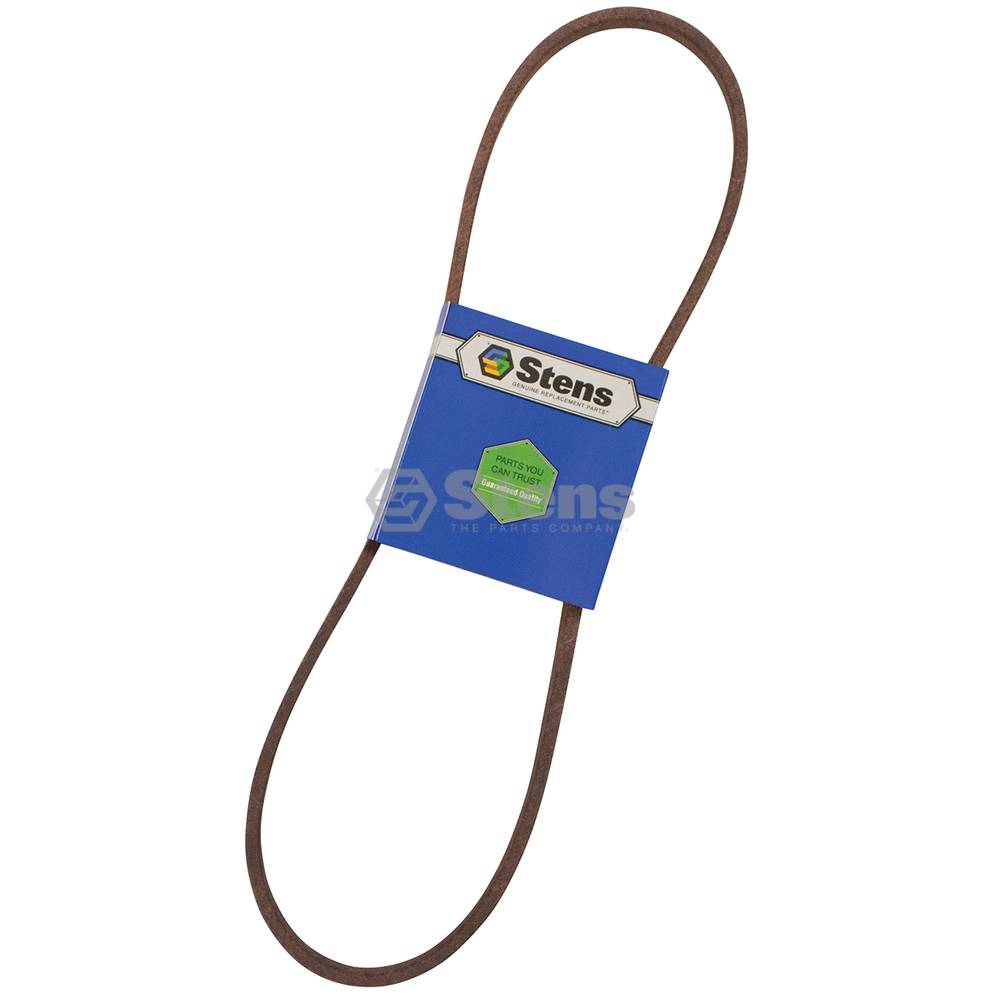
Proper Belt Inspection And Selection
Proper belt selection is crucial for maintaining the optimal performance and longevity of lawnmowers and other outdoor power equipment. Here are some key points to consider when choosing the right belt:
-
Compatibility: Ensure that the belt you select is compatible with your specific lawnmower make and model. Different lawnmowers may require belts of varying lengths, widths, and configurations. Refer to the equipment's user manual or consult with a professional to determine the correct belt specifications.
-
Belt Type: Lawnmowers typically use either V-belts or synchronous (toothed) belts. V-belts are commonly used in traditional drive systems, while synchronous belts, such as timing belts, are used in newer models. Understand the type of belt your lawnmower requires and make sure to select the appropriate type.
-
Material and Construction: Belts are made from various materials, including rubber, neoprene, and reinforced fabric. Look for belts that are durable, resistant to wear and heat, and designed to handle the demands of lawnmower operation. Reinforced belts with strong tensile cords can offer increased strength and longevity.
-
Size and Tension: The size of the belt is determined by its length and width. It's important to choose a belt with the correct length to ensure proper tension and power transfer. Too loose or too tight belts can lead to inefficient operation, excessive wear, or even equipment damage. Refer to the lawnmower's manual or consult a professional for guidance on proper belt tensioning.
-
Quality and Brand: Opt for high-quality belts from reputable manufacturers or brands known for producing reliable lawnmower parts. Quality belts are less prone to stretching, slipping, or premature wear, resulting in improved overall performance and durability.
-
Maintenance and Replacement: Regularly inspect the belt for signs of wear, cracking, fraying, or glazing. Replace the belt promptly if any signs of damage are observed, as worn-out belts can lead to decreased performance and potential equipment failure.
Click here to see our selection of OEM spec and universal belts.
